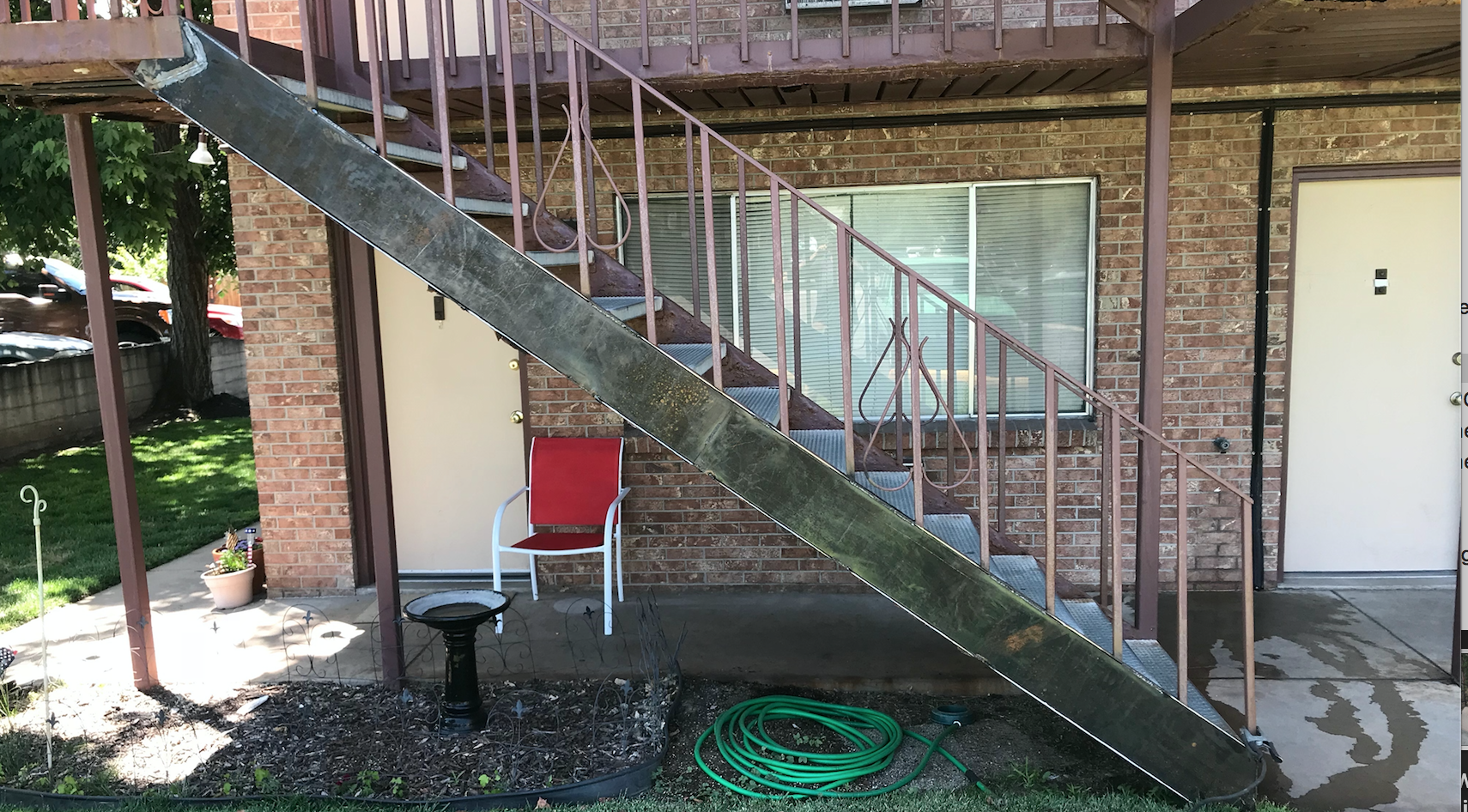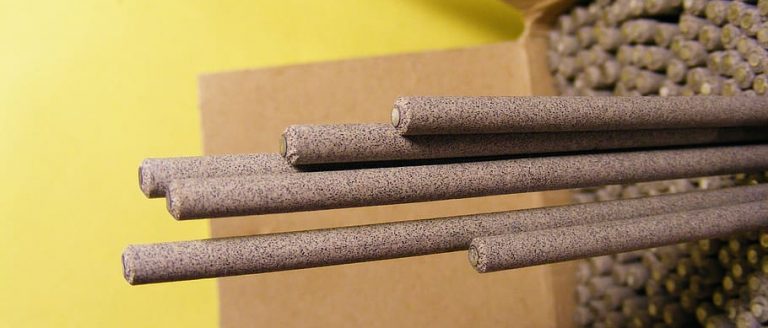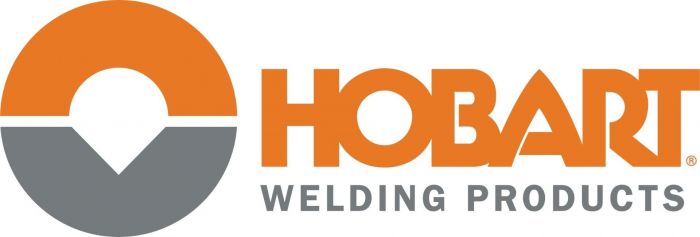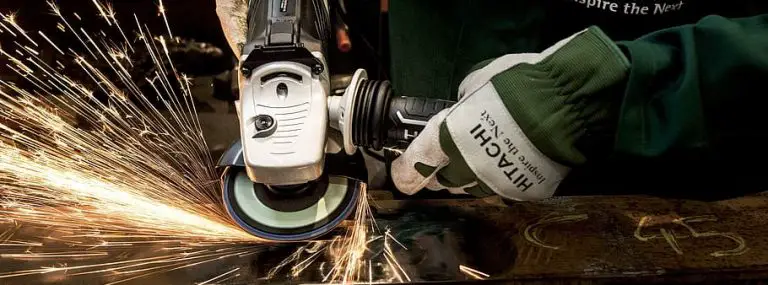How To Bid A Welding Job – Advice From A Welder
This post contains affiliate links.
How To Bid A Welding Job
If you are a welder who’s in business for yourself, you’re going to have clients who need a welder to solve their problems. Mobile welders do a lot of repair work in their local areas, and they must run competitive pricing schemes to win jobs. This article will give you sound advice on how to bid a welding job.
I ran a mobile welding business for awhile, and every single call I got was a unique job and situation. Often times, I had to give an accurate estimate off a few crappy photos sent over text. This guide will give real life examples of 3 of my welding jobs, and what I ended up charging for them.
I performed dozens and dozens of mobile rig jobs, with primarily Stick welding. The examples in this article are just my top favorites from my easiest clients.
Keep in mind that we live in Colorado, which is getting increasingly expensive year by year. Our recommended rates might be too high if you live down south – or too low if you live in a wealthy east coast town.
Time And Material (T & M)
This method is what many tradesmen use to bid on smaller to medium sized jobs. You have a set hourly rate for your labor, and a markup on materials you buy for the specific job.
Although it is hourly, clients want to know ahead of time roughly how much the job will cost. I got pretty good at estimations, and rarely went over my guess on how many hours it would take because I allowed for variances.
Pro Tip: If you’re just starting out, and a client calls you to describe their project- let’s say you think their job will take 5 hours, tell them it will take 6 hours max “but maybe less”. Under promise, and over deliver.
This book “Markup & Profit” really helped me when I was green in the business. It gives the ins and outs of marking up your services enough to cover all costs (and also to pay yourself!)
My Business
When I ran my mobile welding business, I charged a $200 minimum, which covered the first 2 hours of work as well as gas/welding consumables. This meant I wouldn’t put my hand to the job if it was less than 2 hours of work.
I would then charge $75 for each additional hour of labor over the first 2 hours. The $50 dollar buffer on my 2 hour minimum meant I didn’t have to invoice for mileage or gas, it was just a given.
Some mobile guys will start the clock when they leave their house to head over to the job. I decided to take a risk, and only started the clock when I showed up and started getting my equipment ready. Sure, this meant less hours – but it really helped build my clients trust; and I got many callbacks for similar work from the same customers.
I often needed small orders of steel for my repair work, and I would mark up the steel (usually 30%) to account for my travel time and gas to go pick it up.
Things have changed around here, and now in 2020 I would likely be charging $85 an hour or more in Colorado.
Fixed Bids
This is a method generally used for larger projects where bigger numbers are involved. The welder or contractor takes into into account all material costs and estimated labor, and gives the client a fixed bid for the whole project.
For smaller operations, this can be problematic for a few reasons. For instance, if you underbid the job and end up working an extra week on the project, you could lose serious money. If you fail to include costs of all materials, you could be handing the client free work.
Larger welding companies have estimators that bid on large projects all year long. While they do make mistakes, they have many formulas for being on point with their bid work.
As a mobile welder, I tended to shy away from this type of work. I was happy with saying a project will take X number of hours, and getting paid for those hours at the end of the job.
If you work in a fab shop, you will probably be working on jobs that had a fixed bid. As an employee, you don’t need to worry too much, except for staying within the jobs hour requirements.
Here are 3 of my favorite jobs that were paid based on time and material.
Job #1 – Stair Stringer Repair On An Apartment Complex
This job was for one of my clients who ran a real estate management company. He and his wife owned many apartment buildings in the city, and they all needed repair work to keep the tenants happy.
This stair stringer had severely rusted out, so I had to pull the sheet metal off and weld in a new piece. This wasn’t a permanent fix, but the owners needed to get the insurance company off their back – by showing that they improved at least part of the problem.
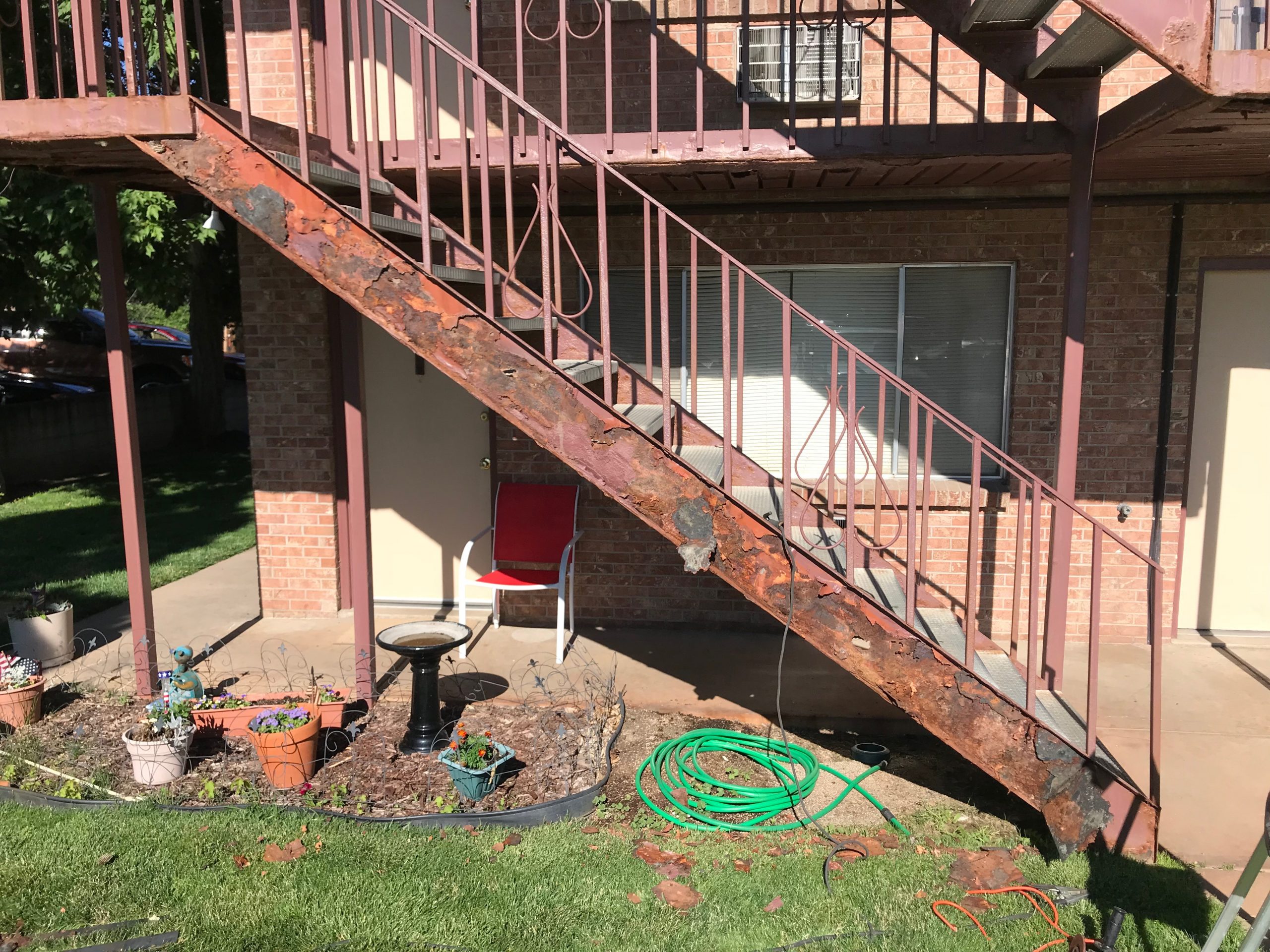
I decided to break the steel order into 2 pieces totaling 171 inches. The steel shop had to custom CNC cut it to a 9.25″ width. So, the sheets cost me $174. I marked it up to $230 and boom, theres your roughly 30% markup.
Getting the upper sheet on was a total pain; I had no helper and kept dropping it in the grass. My magnets were obviously not strong enough, end there was no good place to clamp it. I ended up finally tacking it with 6010 rod, but I realized I had measured the total length incorrectly while bidding the job. UGH!
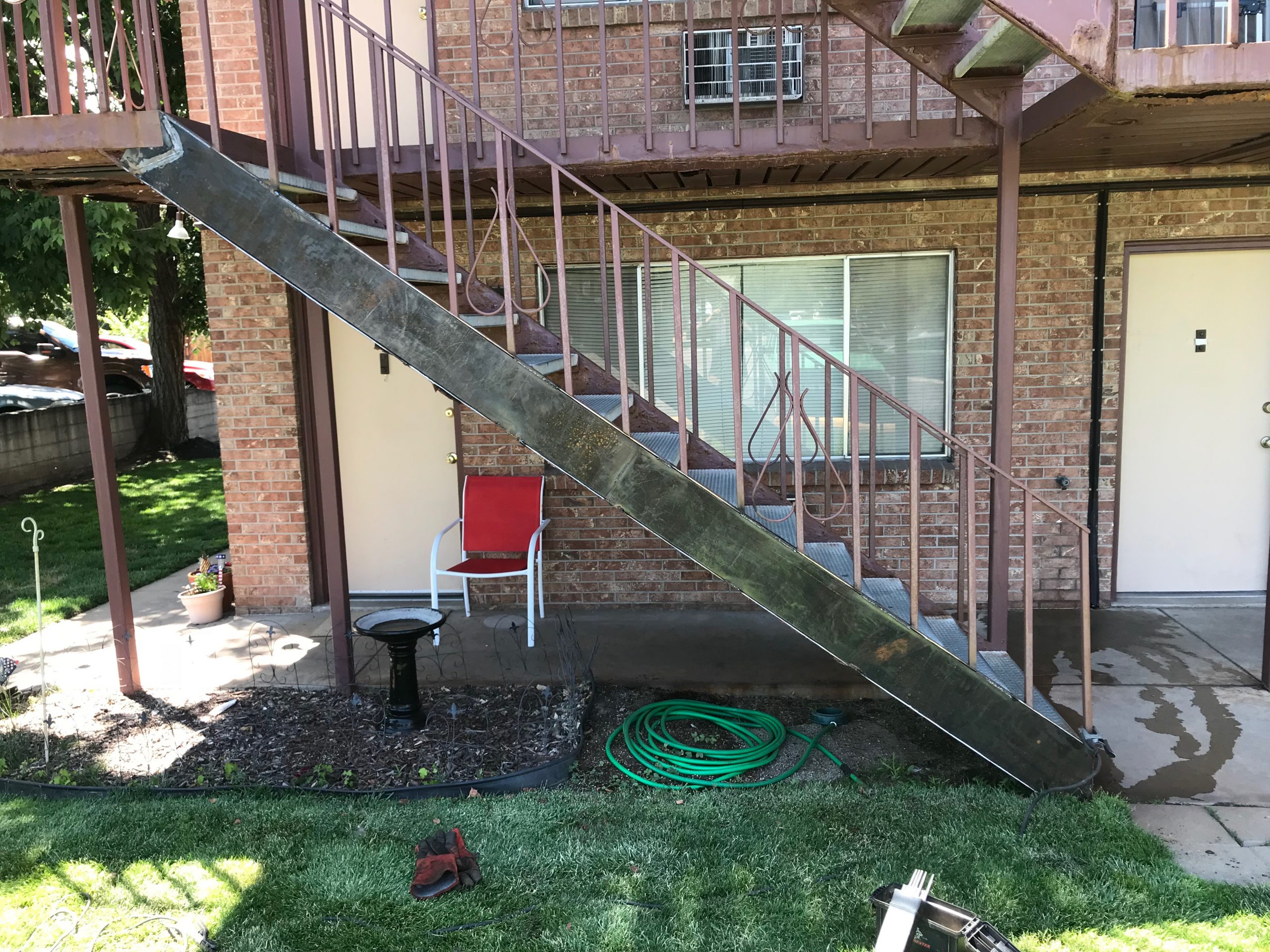
I made some modifications. It all ended up getting painted, so it wasn’t the end of the world. I was pretty pissed at my faulty measurement, though.
All in all, the job took me 5 hours. It would have taken way less time if I had a helper.
Here is the invoice breakdown
- Steel- $230
- 2 hour minimum- $200
- 3 additional hours- $225
- = $655
Not bad for an afternoon.
Job #2 – Receiver Hitch Install For Van Lifers
This will give you a different idea on how to bid jobs. This job was way back when I charged a 1 hour minimum of $110. I had just started my LLC, and wanted to get as many jobs as possible.
These clients were 2 hours away in a resort town. I had never travelled that far for welding, and I knew I had to make it worth my while. They were heading out on a vacation in their new van, and they desperately needed a receiver installed for their bike rack.
The round trip was going to be 220 miles, and the job was super small. I told them I would do it but I would have to charge .75 cents a mile. I had to drive over several mountain passes with my welding trailer, and it would put some unnecessary wear on my vehicle.
They agreed and I took the job.
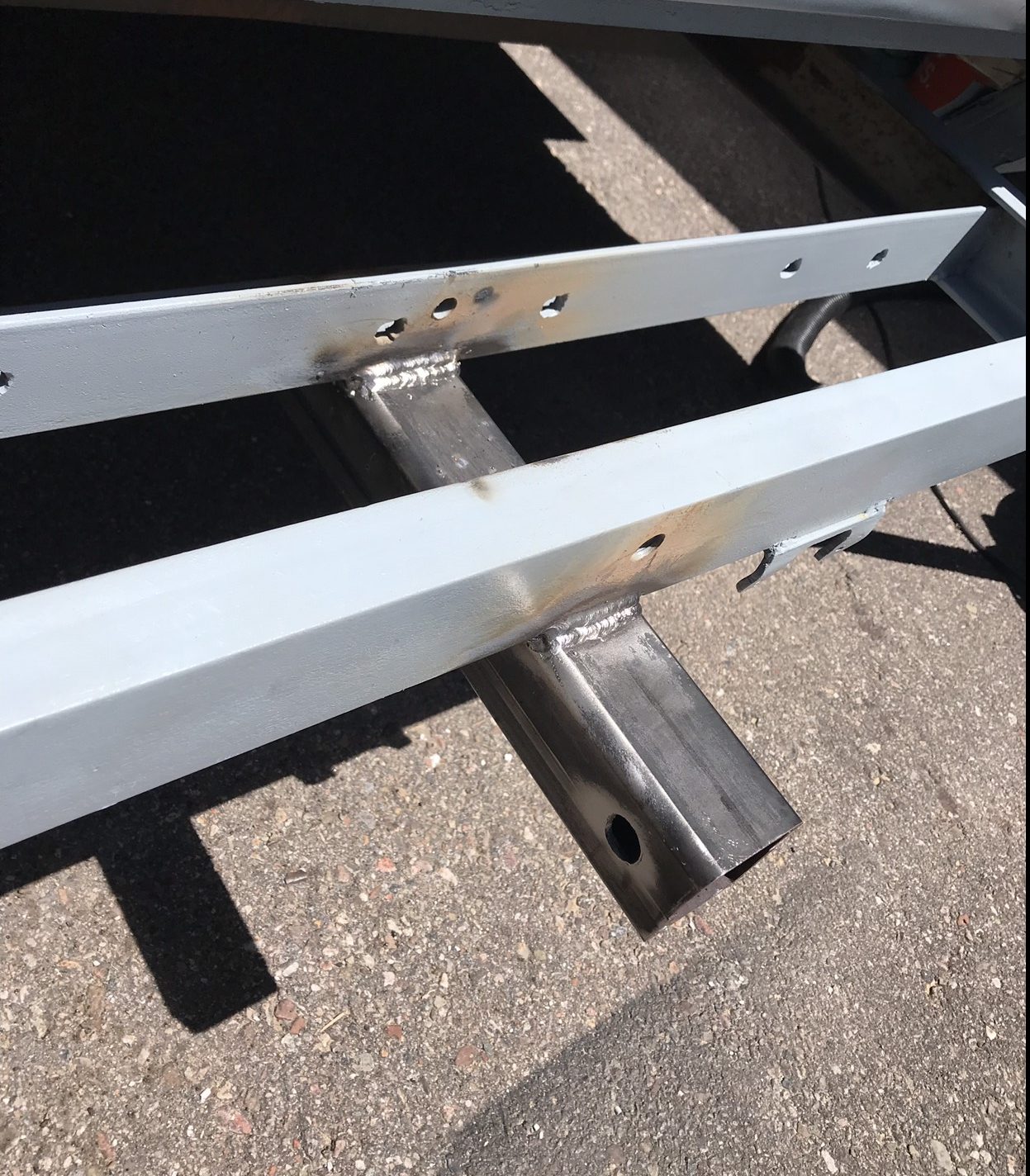
The job went quite well and I actually fabbed the receiver on site. I welded it on to the skeleton of their bumper with 7018 rod.
They were very pleased and It still holds to this day.
Here is the invoice breakdown
- Steel- $23
- 1 hour minimum- $110
- Travel Charge- $165
- =$298
Job #3- Adding Additional Railing Supports For Child Safety
These clients I had are married and retired. Their young grandkids came to visit quite often, and liked to hangout on their outdoor catwalk with a railing barrier. The problem is that the railing had large gaps due to lack of support tubing.
They wanted me to install new horizontal pieces on the lower and upper portions of the railing. This would help protect the kids from an unfortunate fall. The steel was 5/8″ tubing throughout the entirety of the project.
In the pictures below, the shiny steel is the new additions and the black steel is the old original railing.
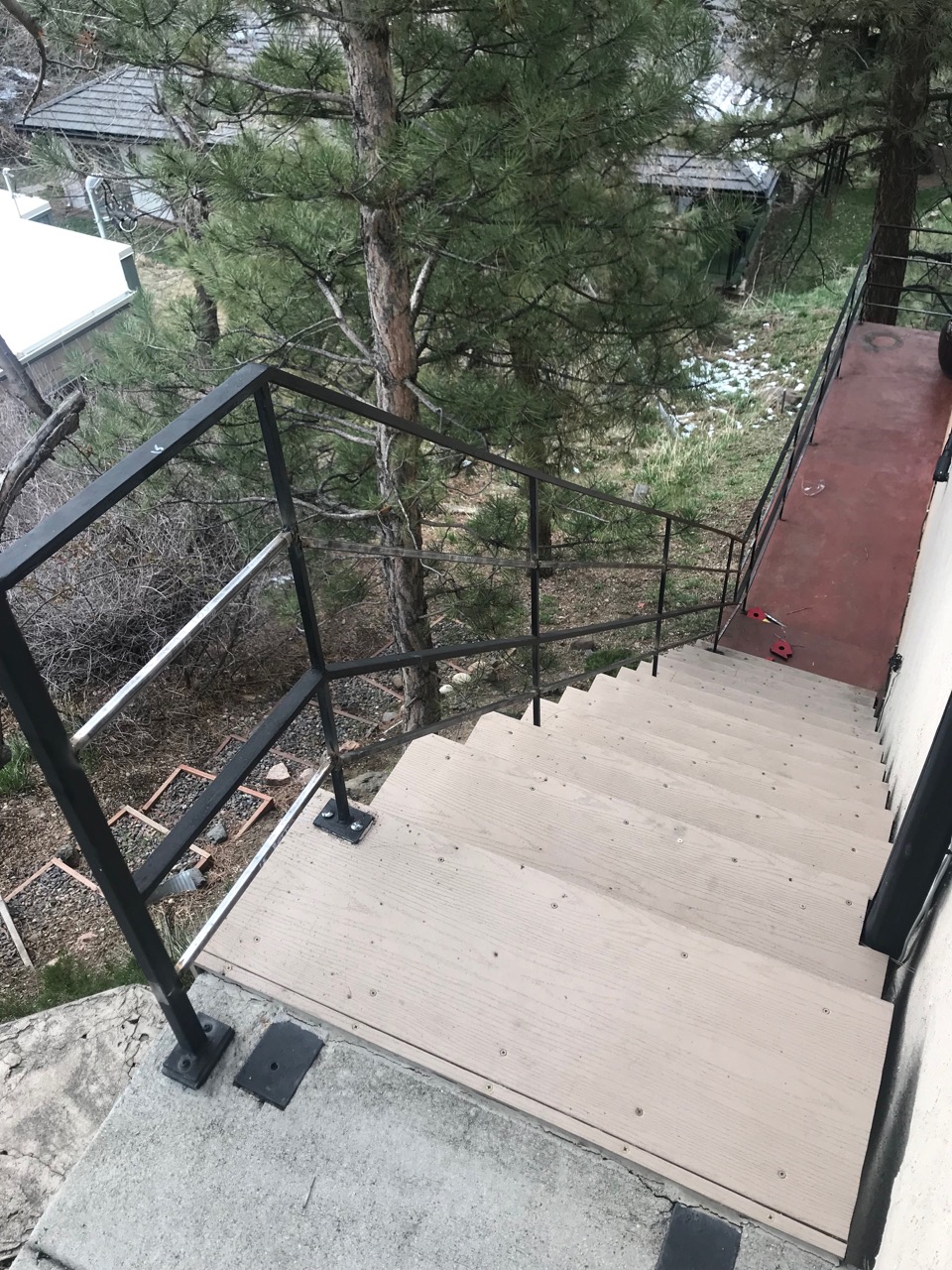
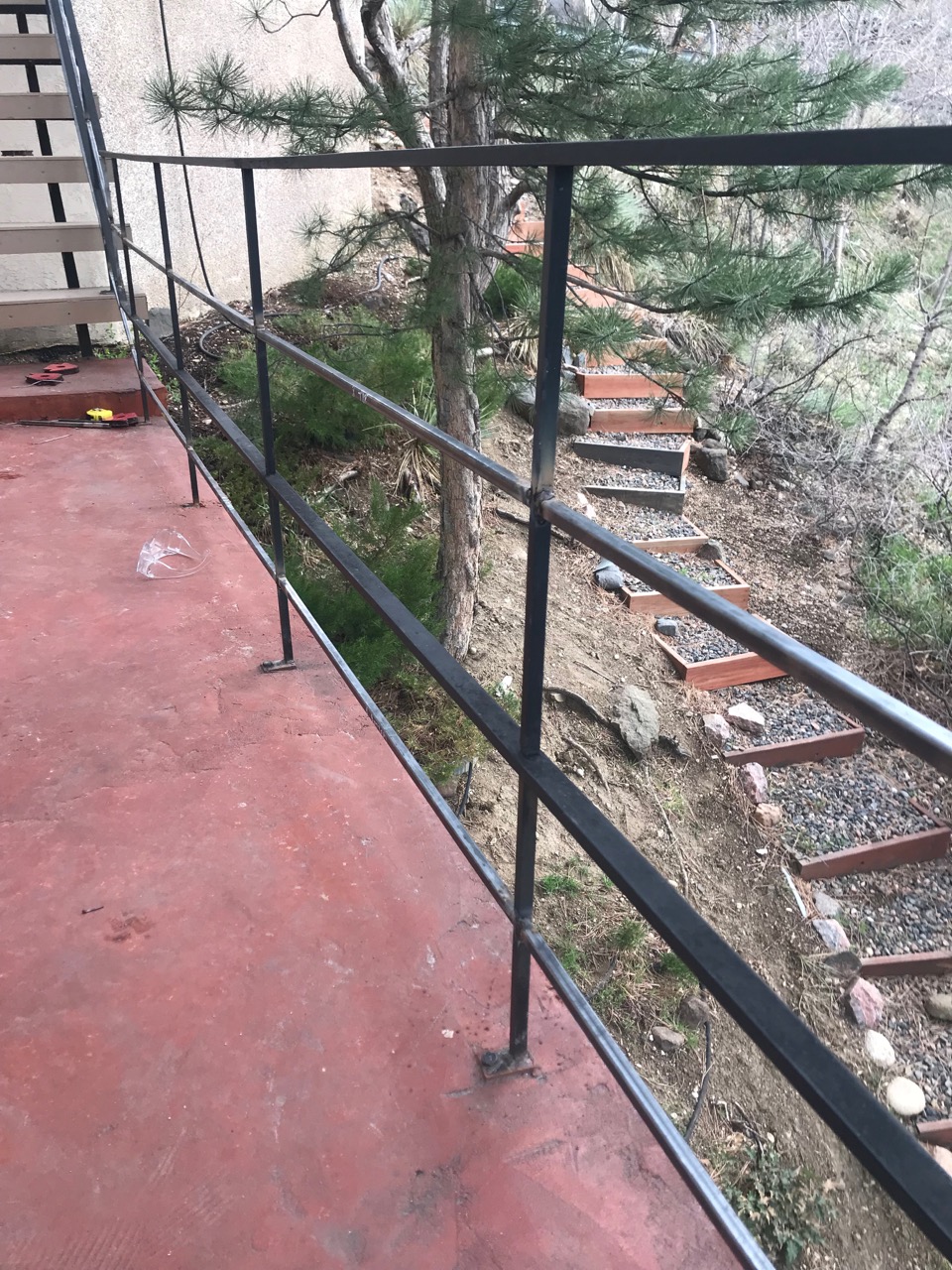
The steel cost me $145, and I made most of the precise cuts on site with an angle grinder. I up charged the material to $190 for the clients (about 30%).
The job took me 6.5 hours, and this was also back when I had a 1 hour minimum of $110.
The clients were very pleased and left me a hefty tip, which I wasn’t used to in my business. They were going to have the new pieces painted black to match the rest of the rail. I had painted projects in the past, but color matching black hues isn’t my strong point.
Here is the invoice breakdown
- Steel- $190
- 1 hour minimum- $110
- 5.5 additional hours- $412.50
- = $712.50
Wrap Up
I hope this gave you readers a better idea on how to bid welding jobs. I found that with practice, I became way more accurate with my estimations. It is a hard lifestyle with grueling work, but it can be very rewarding.

